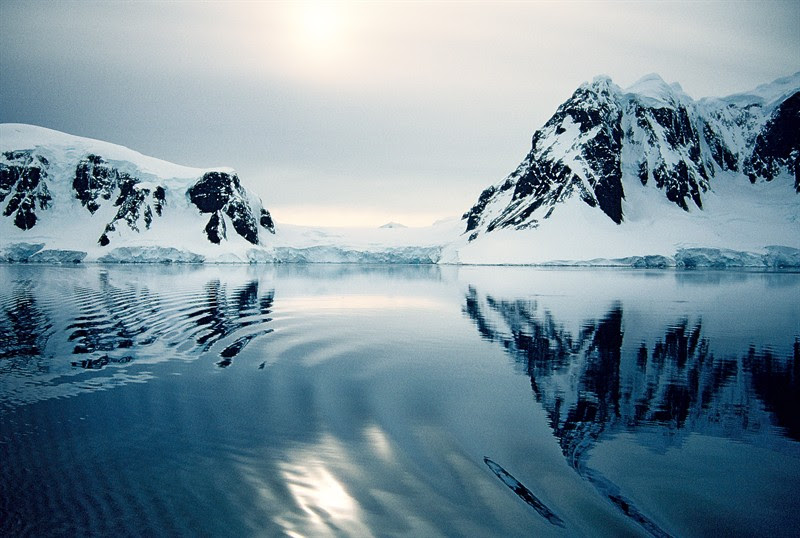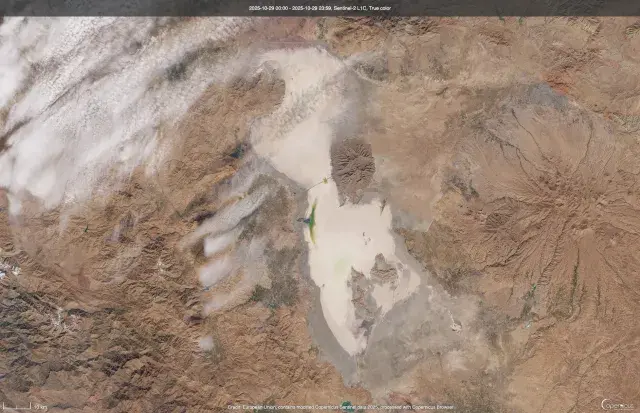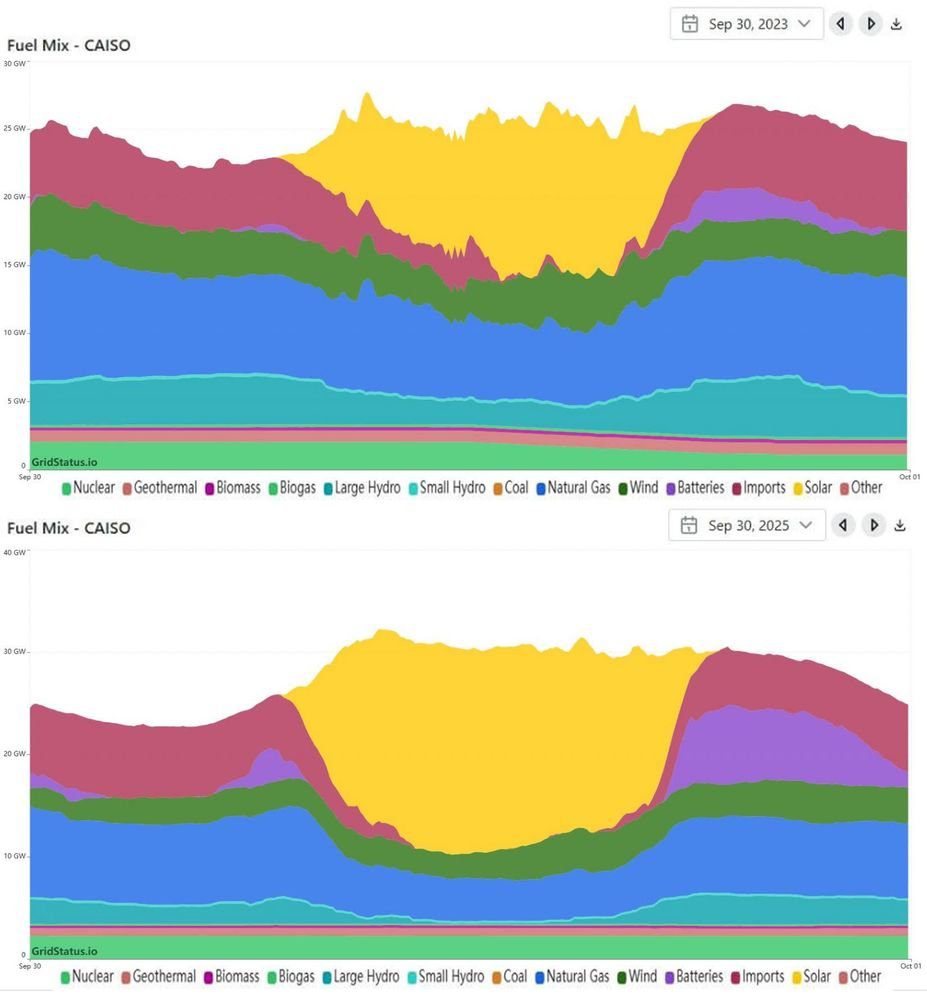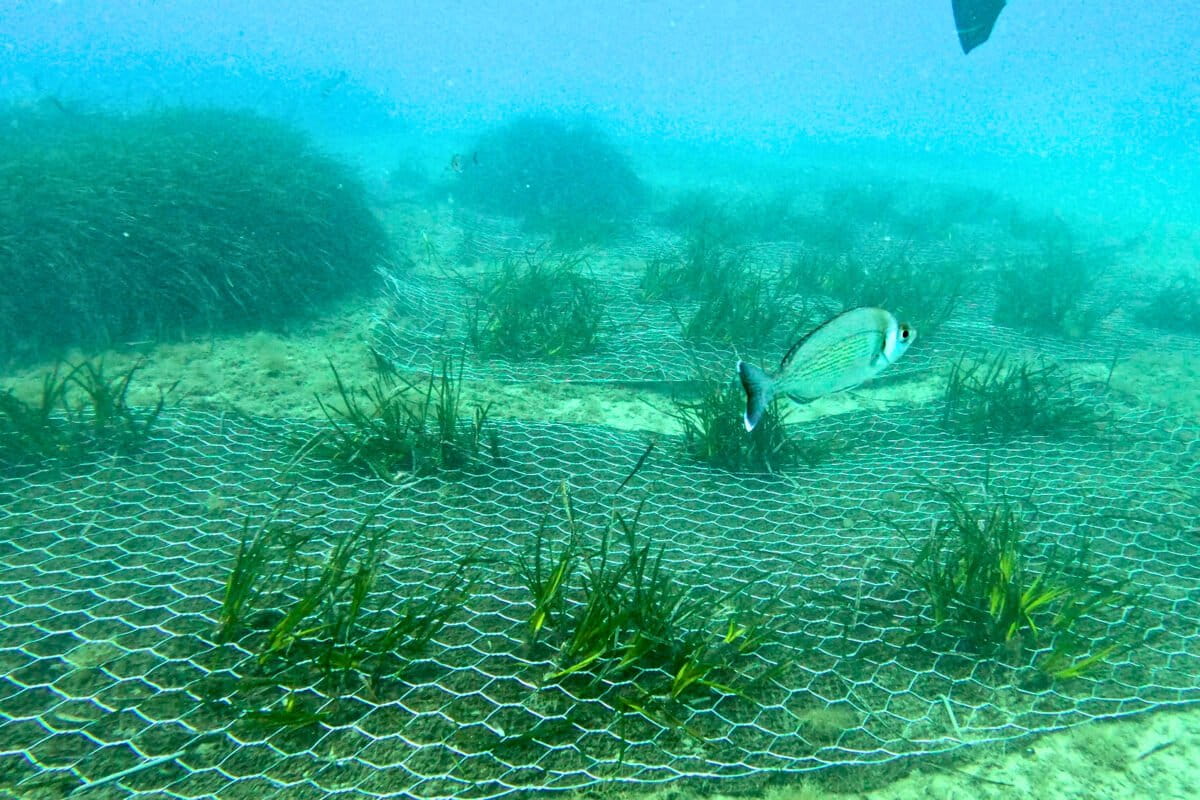Petition to relist gray whales as an endangered species filed, population ‘lowest since the 1970s’ – Alaska’s News Source

Report on the Petition for Gray Whale Conservation and its Alignment with Sustainable Development Goals
Introduction: Urgent Call for Protection Under SDG 14
A formal petition has been submitted to the National Oceanic and Atmospheric Administration (NOAA) advocating for the relisting of the gray whale under the Endangered Species Act (ESA). This action, initiated by Rick Steiner, a retired professor of marine conservation, underscores a critical challenge to the achievement of Sustainable Development Goal 14: Life Below Water, which aims to conserve and sustainably use the oceans, seas, and marine resources. The request for an expedited review highlights the urgency of addressing the species’ rapid decline.
Analysis of Gray Whale Population Decline
Historical Context and Previous Conservation Success
The gray whale population had previously recovered from near-extinction due to commercial whaling, a success attributed to protections under the Marine Mammal Protection Act. This recovery led to their delisting from the ESA approximately thirty years ago, which at the time was considered a positive step towards marine conservation. However, recent events have reversed this progress.
Current Population Crisis and a Setback for SDG 14
A significant and alarming decrease in the gray whale population has been officially recorded. This decline represents a direct threat to marine biodiversity and the objectives of SDG 14. Key data points from NOAA illustrate the severity of the situation:
- Recent Peak Population: Approximately 27,000 individuals a decade ago.
- Current Estimated Population (2024): Approximately 13,000 individuals, the lowest level since the 1970s.
- Projected 2025 Population: Models indicate a likely range between 11,700 and 14,500 whales.
- Calf Numbers: Estimated to be between 56 and 294, indicating poor reproductive rates.
Causative Factors: A Threat to Marine Ecosystems and Climate Action
The “Unusual Mortality Event” (UME)
According to NOAA, the population downturn is linked to an “unusual mortality event” that occurred between 2018 and 2023. This event has had a profound impact on the species’ viability and the health of the marine ecosystem they inhabit.
Impact of Ecosystem Changes on SDG 13 and SDG 14
The primary driver of the mortality event is identified as significant ecosystem changes, which directly relates to SDG 13: Climate Action. The degradation of the whales’ Subarctic and Arctic feeding grounds has led to widespread malnutrition. This environmental stressor undermines efforts to achieve SDG 14.2, which calls for the sustainable management and protection of marine and coastal ecosystems to avoid significant adverse impacts.
- Cause: Localized ecosystem changes in northern feeding grounds (Bering and Chukchi Seas).
- Effect: Inadequate food supply for female whales, leading to malnutrition.
- Consequences: Reduced birth rates and increased overall mortality, as whales lack the energy for their 10,000-mile annual migration.
Procedural Framework and Partnerships for the Goals (SDG 17)
Petition for Endangered Species Act (ESA) Relisting
The petition filed by Professor Steiner represents a crucial partnership between academia and regulatory bodies, a principle embodied in SDG 17: Partnerships for the Goals. The call for an expedited process reflects the belief that bureaucratic delays could further jeopardize the whale population, making timely action essential.
Regulatory Process and Timeline
The established regulatory process for considering the petition involves several key stages. The petitioner’s concern is that this standard process can be lengthy, while the whale population continues to decline.
- NOAA has 90 days from the filing to issue an initial determination on whether the petition is warranted.
- If deemed warranted, the agency proceeds to a proposed rule-making phase.
- This is followed by public notice and further review before a final decision is made.
Analysis of Sustainable Development Goals in the Article
1. Which SDGs are addressed or connected to the issues highlighted in the article?
-
SDG 14: Life Below Water
This goal is directly addressed as the article’s central theme is the conservation of a marine species, the gray whale. The text discusses the significant decline in their population, the health of their marine habitat, and the legal measures being sought for their protection.
-
SDG 13: Climate Action
This goal is connected to the issues discussed. The article attributes the whale population’s decline to “localized ecosystem changes that affected the Subarctic and Arctic feeding grounds,” which led to malnutrition. These ecosystem changes are consistent with the known impacts of climate change on Arctic marine environments, linking the whale’s survival to broader climate-related issues.
2. What specific targets under those SDGs can be identified based on the article’s content?
-
SDG 14: Life Below Water
- Target 14.2: By 2020, sustainably manage and protect marine and coastal ecosystems to avoid significant adverse impacts, including by strengthening their resilience, and take action for their restoration in order to achieve healthy and productive oceans.
- This target is relevant because the article explicitly states that the whale’s decline is linked to “localized ecosystem changes that affected the Subarctic and Arctic feeding grounds,” leading to malnutrition and increased mortality. The petition aims to protect the species by addressing the consequences of these adverse ecosystem impacts.
- Target 14.5: By 2020, conserve at least 10 per cent of coastal and marine areas, consistent with national and international law and based on the best available scientific information.
- The petition to list gray whales under the Endangered Species Act (ESA) is a direct attempt to use national law to conserve a species and, by extension, its critical habitat. This action is based on scientific information cited in the article, such as the dramatic population decline.
- Target 14.2: By 2020, sustainably manage and protect marine and coastal ecosystems to avoid significant adverse impacts, including by strengthening their resilience, and take action for their restoration in order to achieve healthy and productive oceans.
-
SDG 13: Climate Action
- Target 13.1: Strengthen resilience and adaptive capacity to climate-related hazards and natural disasters in all countries.
- The article highlights a lack of resilience in the Arctic marine ecosystem, which can no longer support the gray whale population adequately. The “unusual mortality event” and “poor reproduction” due to inadequate food are evidence of the severe impact of these hazards on the species.
- Target 13.1: Strengthen resilience and adaptive capacity to climate-related hazards and natural disasters in all countries.
3. Are there any indicators mentioned or implied in the article that can be used to measure progress towards the identified targets?
-
Indicators for SDG 14 (Targets 14.2 and 14.5)
The article provides several quantitative and qualitative indicators that measure the status of the gray whale population and its ecosystem, which are directly relevant to assessing the health of marine ecosystems and the need for conservation.
- Species Population Count: The article provides specific numbers that track the whale population over time. This serves as a direct indicator of species health.
- Decline from a peak of “27,000 whales relatively recently” to a current census of “around 13,000.”
- The 2025 population estimate is projected to be between “11,700 and 14,500.”
- Reproduction Rates: The article points to low calf numbers as a key concern and an indicator of population stress.
- The estimated number of calves is between “56 and 294,” which is described as a sign of “poor reproduction.”
- Mortality Events: The mention of an “unusual mortality event” between 2018 and 2023 is a critical indicator of severe, negative pressure on the species.
- Conservation Policy Implementation: The filing of a petition to list the gray whale under the Endangered Species Act (ESA) is an indicator of national action being taken to conserve a threatened species.
- Species Population Count: The article provides specific numbers that track the whale population over time. This serves as a direct indicator of species health.
-
Indicators for SDG 13 (Target 13.1)
The article implies indicators related to the impact of climate-related hazards on marine life.
- Nutritional Status of Species: The article states that ecosystem changes contributed to “malnutrition” in gray whales, which is an indirect indicator of the ecosystem’s failing health and its inability to provide adequate food resources.
- Changes in Species Vital Statistics: The consequences of malnutrition, such as “reduced birth rates, and increased mortality,” are mentioned. These serve as measurable indicators of the impact of ecosystem changes on a species’ resilience and survival.
4. Table of SDGs, Targets, and Indicators
| SDGs | Targets | Indicators Identified in the Article |
|---|---|---|
| SDG 14: Life Below Water | 14.2: Protect and restore marine and coastal ecosystems.
14.5: Conserve coastal and marine areas. |
|
| SDG 13: Climate Action | 13.1: Strengthen resilience to climate-related hazards. |
|
Source: alaskasnewssource.com

What is Your Reaction?
 Like
0
Like
0
 Dislike
0
Dislike
0
 Love
0
Love
0
 Funny
0
Funny
0
 Angry
0
Angry
0
 Sad
0
Sad
0
 Wow
0
Wow
0















;Resize=805#)































































